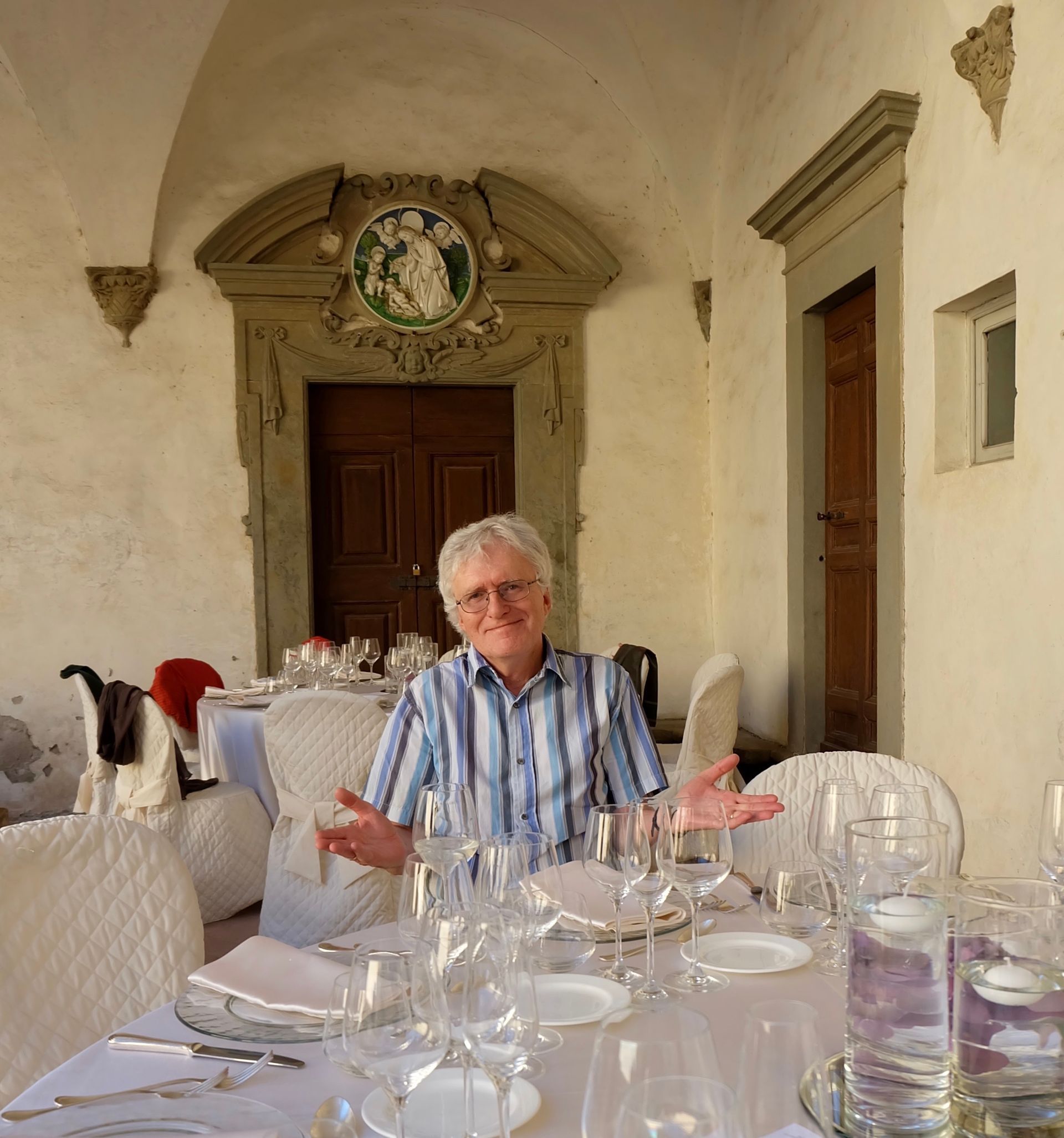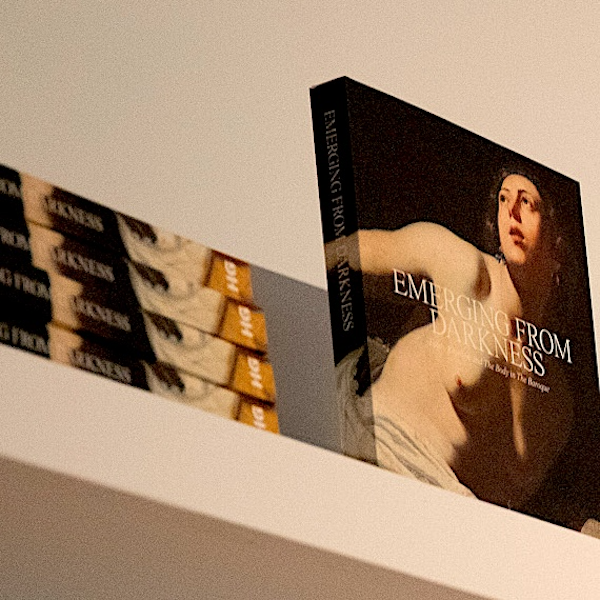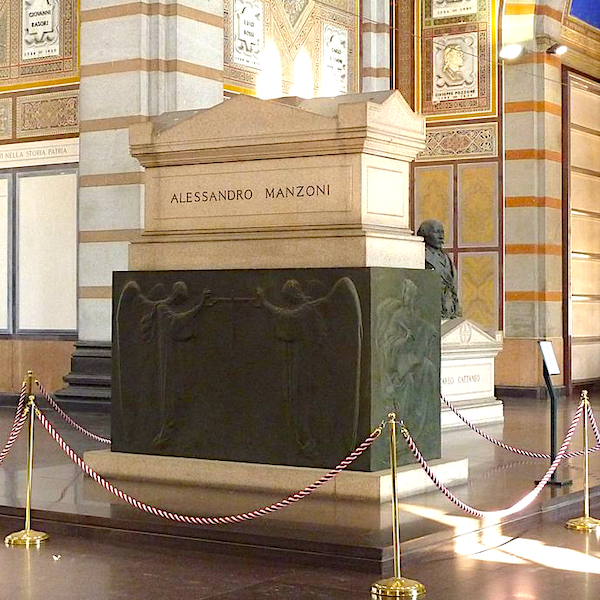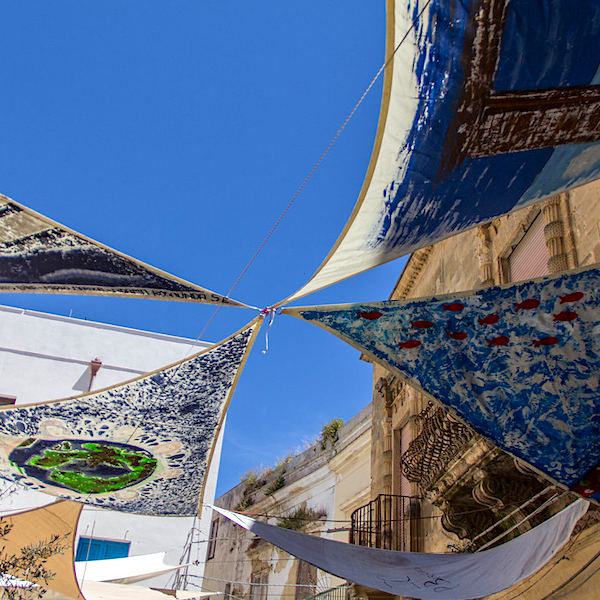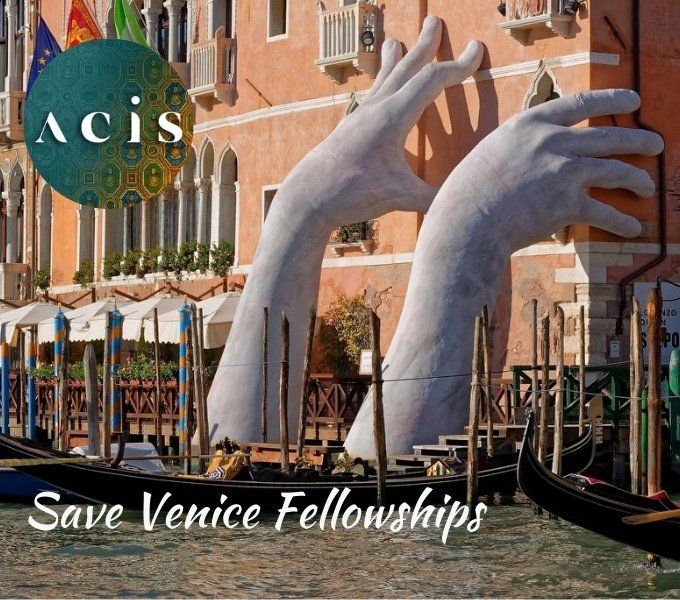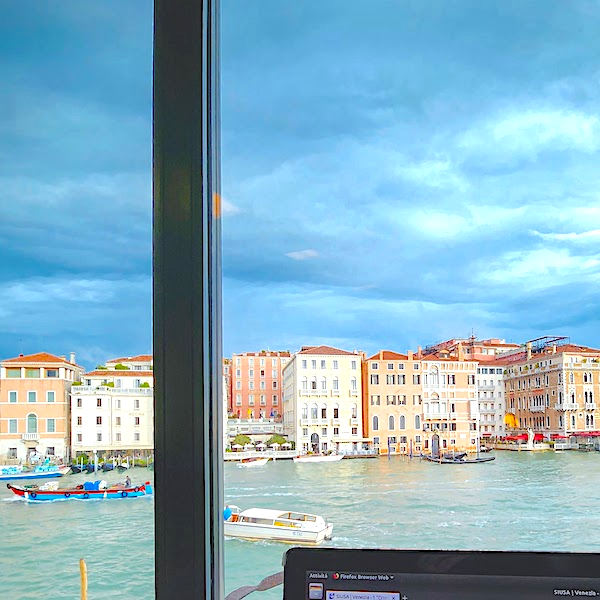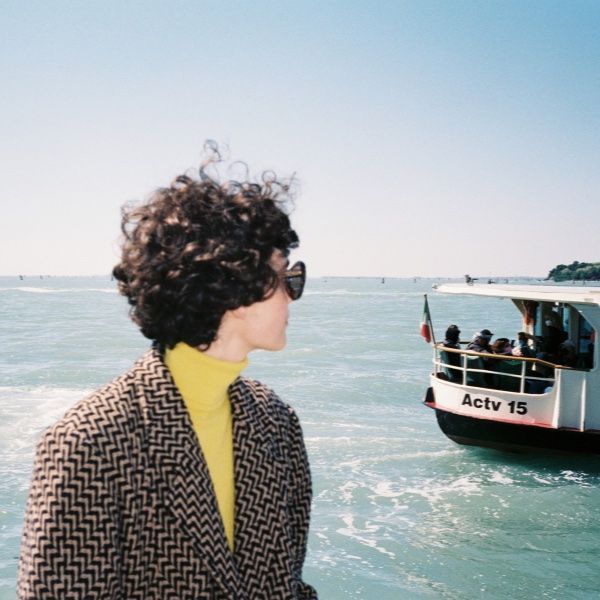Jo-Anne Duggan Essay Prize 2015
 We are delighted to announce the outcome of the inaugural Jo-Anne Duggan Essay Prize
sponsored by ACIS. The winner is Sally Grant
, ECR (PhD, University of Sydney, 2013) for her essay on ‘The Eighteenth-Century Experience of the Veneto Country House: Andrea Urbani’s Decoration of Villa Vendramin Calergi’s Room of the Gardens’. Two entrants were highly commended: Crystal Filep
(PhD candidate, University of Otago) for her creative work and exegesis ‘Intersection Unbounded’ and Kyra Giorgi
, ECR (PhD, La Trobe University, 2013) for her essay ‘ La speranza
: Spaces of hoping, waiting and dreaming in Italian migration’. The Panel for the Prize has provided the following summaries of the three entries ….
Sally Grant takes us through a profound and delightful analysis of the way images and words intersect historically through Andrea Urbani’s decorative ‘Room of the Gardens’ in the Villa Vendramin Calergi, Noventa Padovana, as part of an exploration of a neglected approach to the study of Veneto villa decoration. Engaging with Jo-Anne Duggan’s notion of “a peculiar act of doubling” and W. J. T. Mitchell’s theoretical writings on how the visual and the verbal interrelate, Grant offers an interpretation of how the eighteenth-century visitor experienced Urbani’s artwork upon entering the room. This essay draws together both contemporary and modern images and words to support a detailed study of the significance of the room’s playfulness and power to convey meanings over time.
We are delighted to announce the outcome of the inaugural Jo-Anne Duggan Essay Prize
sponsored by ACIS. The winner is Sally Grant
, ECR (PhD, University of Sydney, 2013) for her essay on ‘The Eighteenth-Century Experience of the Veneto Country House: Andrea Urbani’s Decoration of Villa Vendramin Calergi’s Room of the Gardens’. Two entrants were highly commended: Crystal Filep
(PhD candidate, University of Otago) for her creative work and exegesis ‘Intersection Unbounded’ and Kyra Giorgi
, ECR (PhD, La Trobe University, 2013) for her essay ‘ La speranza
: Spaces of hoping, waiting and dreaming in Italian migration’. The Panel for the Prize has provided the following summaries of the three entries ….
Sally Grant takes us through a profound and delightful analysis of the way images and words intersect historically through Andrea Urbani’s decorative ‘Room of the Gardens’ in the Villa Vendramin Calergi, Noventa Padovana, as part of an exploration of a neglected approach to the study of Veneto villa decoration. Engaging with Jo-Anne Duggan’s notion of “a peculiar act of doubling” and W. J. T. Mitchell’s theoretical writings on how the visual and the verbal interrelate, Grant offers an interpretation of how the eighteenth-century visitor experienced Urbani’s artwork upon entering the room. This essay draws together both contemporary and modern images and words to support a detailed study of the significance of the room’s playfulness and power to convey meanings over time.
Crystal Filep’s original watercolour, Intersection Unbounded , and exegesis on Michelangelo’s Porta Pia and the Dioscuri represent a reflection on how the personal and the cultural, the historic and the contemporary, intersect within the context of a changing urban setting. Filep breaks with convention to explore her subject matter through imagination, focusing in particular on the ‘spaces in-between’. As such, her approach engages with what she calls ‘the mediative role of architecture’, aligned with Jo-Anne Duggan’s approach of “a slower, more considered engagement with art”. Filep shows how her creative practice conjures both meanings and questions as she teases out the interplay between imagination and stories from often overlooked spaces.
Kyra Giorgi conceptualises the experience of Italian migration to Australia in the post-war era as one that involves ‘negotiating spaces of absence and emptiness’ as opposed to a simplistic linear view. Her discussion finds resonance with Jo-Anne Duggan’s Sites of Convergence exhibition, wherein several public spaces evoke structures of expectation, engagement and even ‘chaos’. Giorgi takes Duggan’s insights further by contemplating ‘those more temporal sites of convergence’ inherent in the processes of migrancy. Citing oral migrant accounts, she considers circumstances of ‘not-knowing’ by evoking traditionally forgotten moments in ‘cabins and holding bays’, ‘hostels, processing and reception centres, and the countless queues’ – spaces of waiting and hoping, in which dreams and reality may converge.
The Panel (Catherine Dewhirst, Malcolm Angelucci, Sally Hill, Catherine Kovesi).
